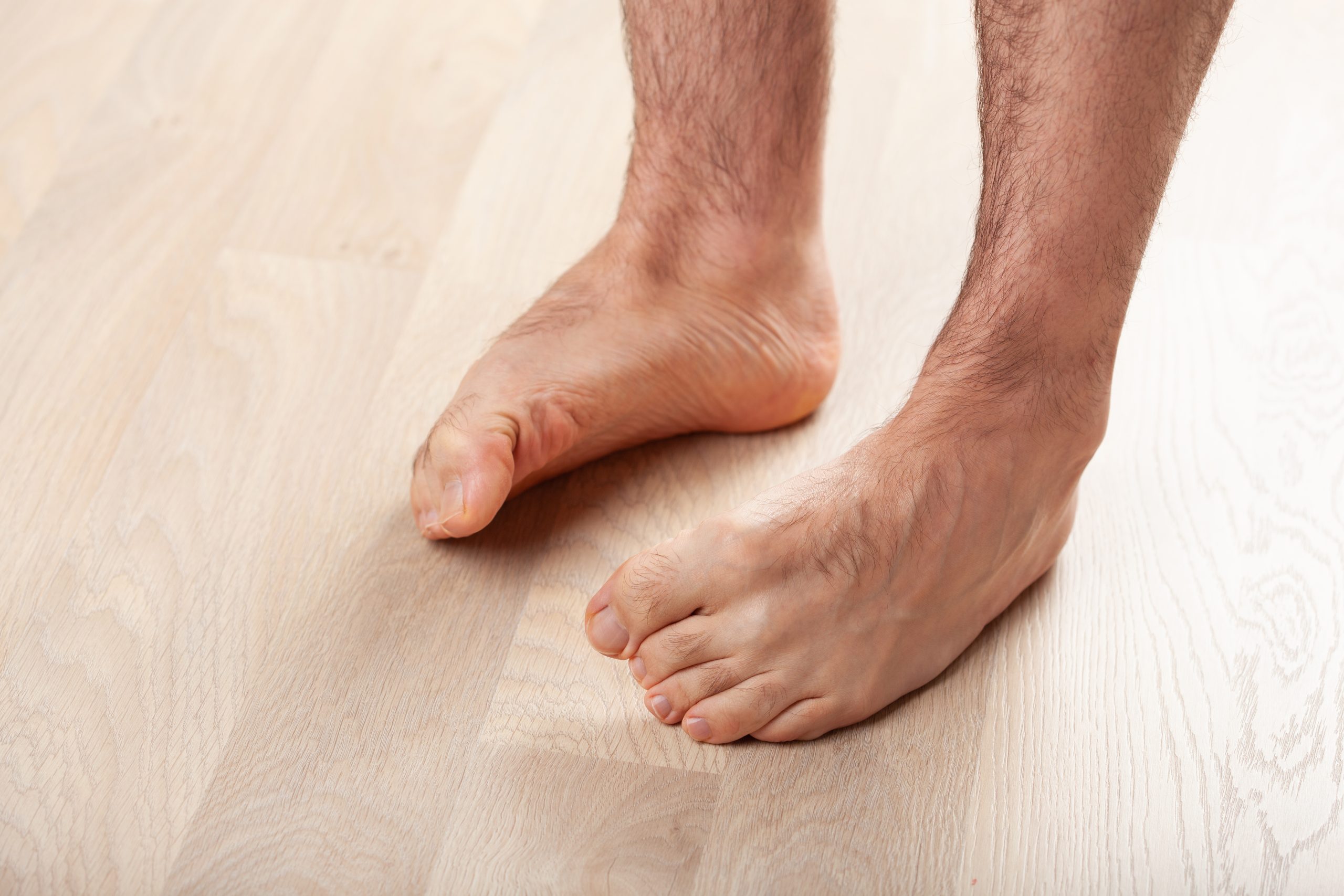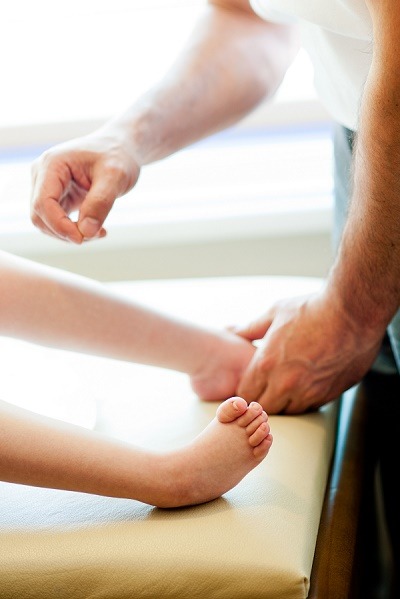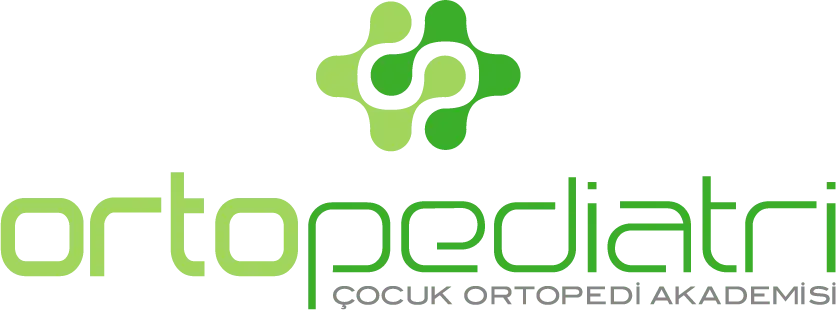Pes Equinovarus
Pes equinovarus, which occurs one every 1.000 births, is more common in boys than in girls. In this disease which disturbs the families, the recovery rate is very high if the treatment is started early.

Pes equinovarus is a condition where the sole of the foot is facing towards the leg. The infant is also defined as a congenital clubfoot. Although the exact cause is unknown, familial factors and the position of the baby in the womb have an effect. Although it is rarely seen with the other congenital anomalies, it is usually seen alone. The parents are worried due to the fact that the feet of the infant face inward and the sole of the foot faces upward. However, it is possible to correct the feet by very simple implementations.
The process of the treatment differs when it is accompanied by different congenital anomalies. Early diagnosis and treatment of congenital clubfoot is of great importance in the cases seen alone. If the treatment is delayed, the disease may cause permanent disability or prolonged surgical procedures.
It May Be Noticed During Pregnancy
The first diagnosis of the disease can be made by an obstetrician and gynecologist during pregnancy. It is easy to diagnose as the disease is apparent in cases where it is not noticed during pregnancy.
Not only can it be recovered with massage, casting, or casting with the minor intervention of the physicians, but also cases that require serious operations can be encountered.
Gold Standard in the Treatment: Ponseti Method
In the treatment of the disease, it is important to start a weekly casting application. This treatment with casting is called Ponseti Method. Dr. Ponseti has been developed this method, which bears its name, and prevented children who suffered from the disease from undergoing long surgical procedures. In this casting method, the pediatric orthopedist applies a plaster cast that is changed weekly to the child's foot according to the Ponseti technique. The physician changes the position of the plaster cast at intervals of one week to provide a gradual improvement. This process is continued until the child's foot is fully recovered. Generally, a 4-week plaster cast application is sufficient for complete recovery of the foot. However, the necessary recovery is achieved with an application of maximum 8 weeks. After the casting process is completed, the child wears a device called Orthosis, which is similar to, but slightly larger than, a shoe and which will be used for 23 hours per day for 3 months. Subsequently, the device is continued to be used only at nights until the age of 4.
Pes Equinovarus May Be Recurred!
One of the most important complications of the congenital clubfoot disease is recurrence. After a successful casting treatment, families may have difficulty during the use of the device. In this process, the disease may occur again. If the disease recurs before the age of 2, casting is applied again by the Ponseti Method. If it recurs after the age of 2, solutions such as surgery may be needed. The difficulty of the surgery increases with the age. At this point, cooperation of the families is of great importance. Children with pes equinovarus should be followed up regularly by the pediatric orthopedists until their bone development is completed. After these children have recovered, they can continue their normal lives and do sports. There are also people who have had this disease during their childhood and became national athletes.


